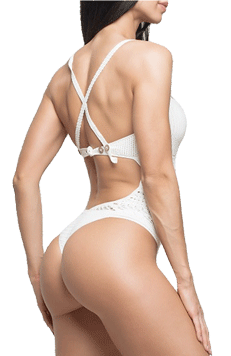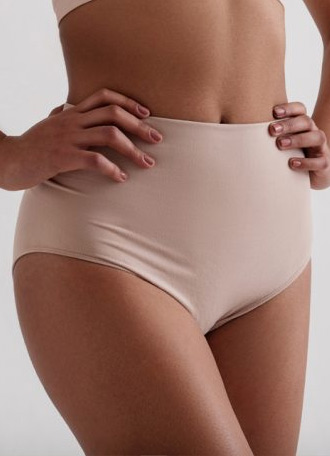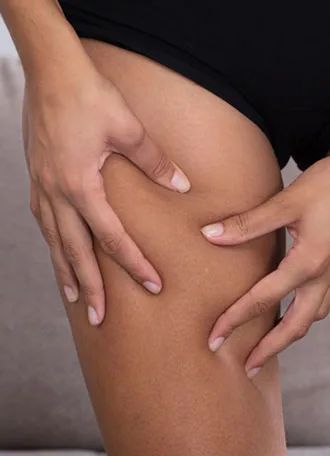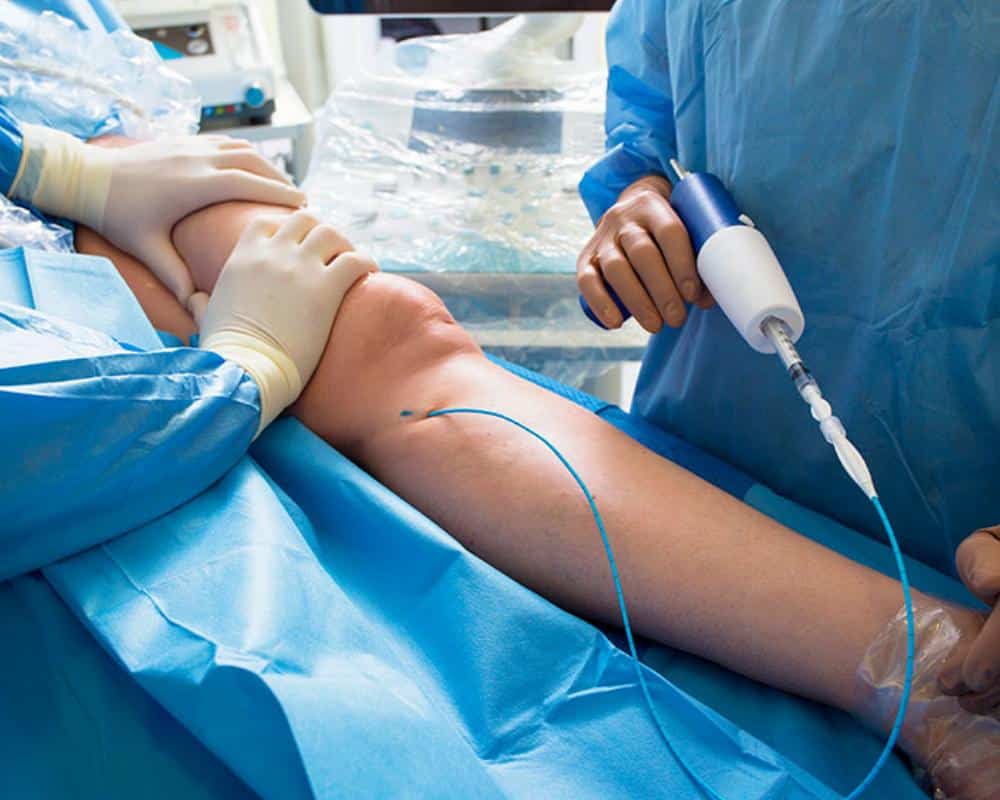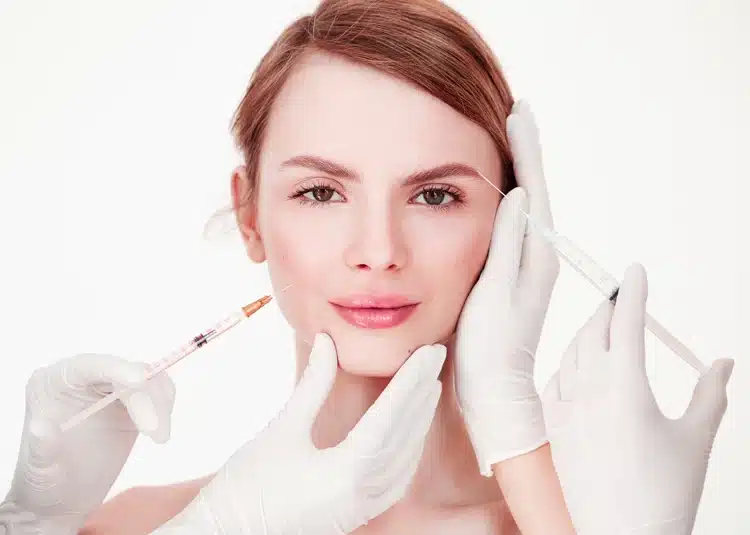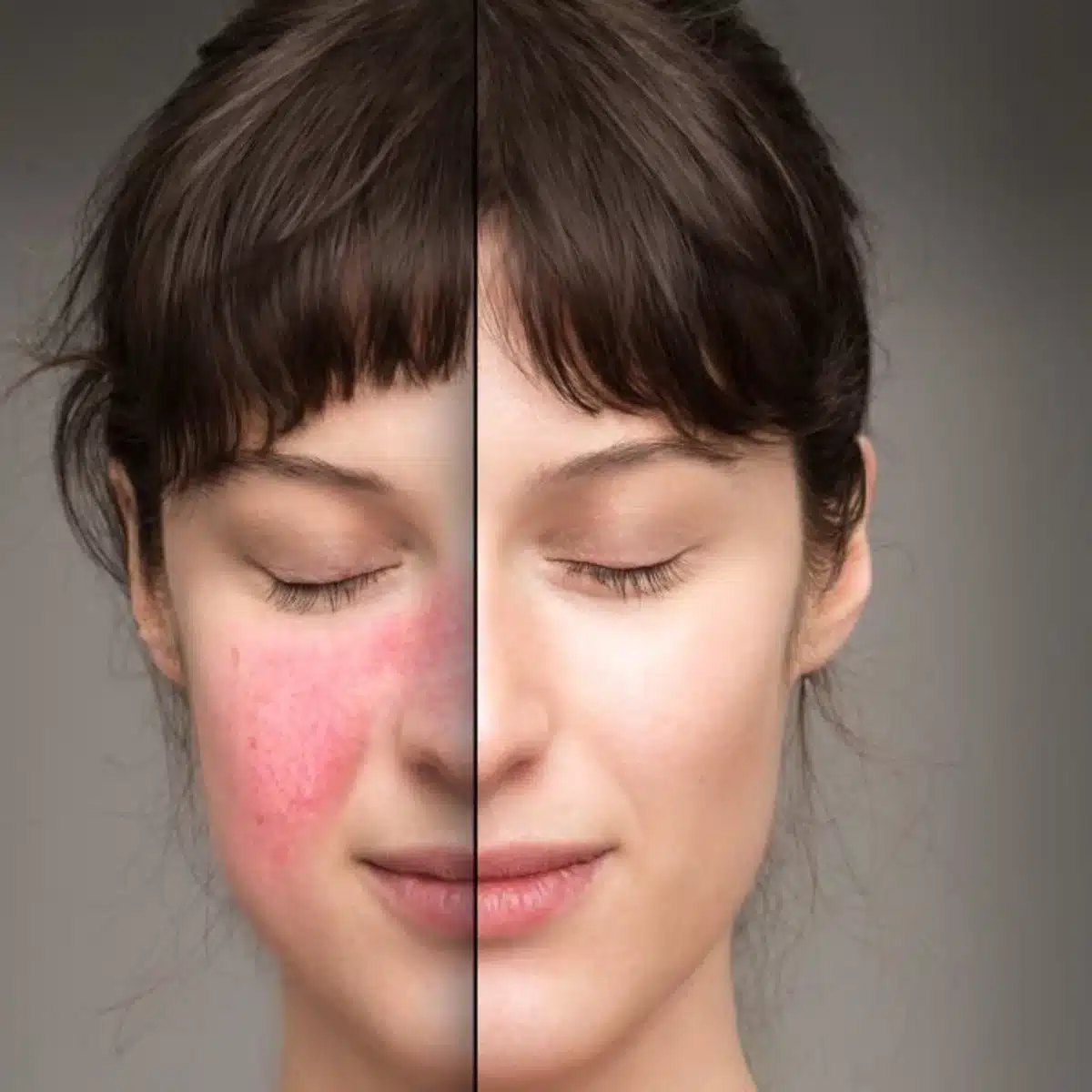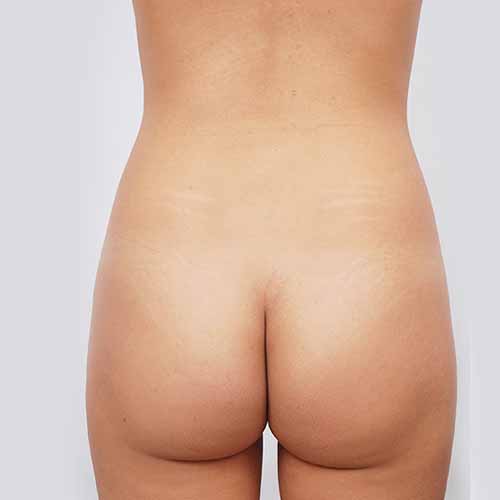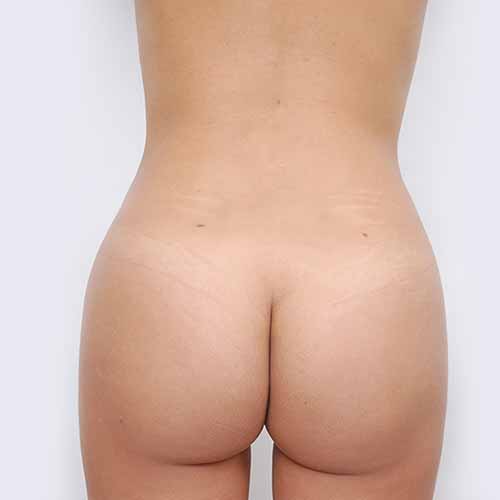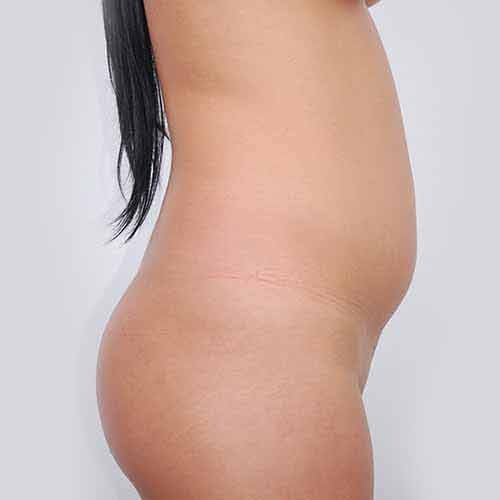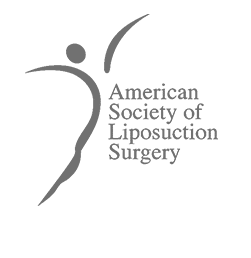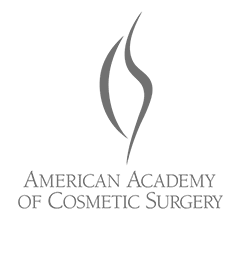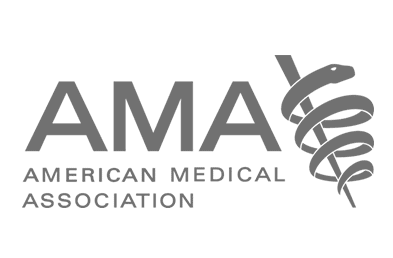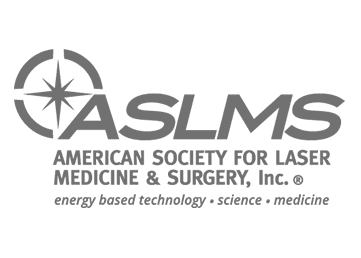Denver’s Top Board-Certified Liposuction Experts
Welcome to Liposuction Denver, your premier destination for liposuction procedures in Denver and surrounding areas! Our team of experienced surgeons offers a range of minimally invasive, advanced plastic surgery techniques for patients seeking cosmetic enhancements. At our center, you’ll receive personalized care from Our Surgeons, who will work closely with you to create a tailored plan designed to achieve your desired results.
At Liposuction Denver, LLC, our team of surgeons is dedicated to tailoring an optimal surgical plan that addresses each patient’s unique needs and desires. Utilizing the latest minimally-invasive cosmetic surgery technologies, Our Doctors and staff strive to eliminate unwanted fat and achieve remarkable, natural-looking results for liposuction surgery patients. In certain cases, we employ various plastic surgery technologies simultaneously within a single procedure, such as combining SmartLipo laser with Cellulaze™ for cellulite treatment or Precision Tx™ for skin tightening, enhancing body sculpting precision and promoting skin tightening beyond the scope of diet and exercise alone.
We offer a diverse range of plastic surgery options, and in collaboration with Our Doctors, you can determine the most suitable approach to achieve your desired outcomes. Some of the most sought-after body fat removal procedures at Liposuction Denver, LLC include Smartlipo, Tummy Tuck and Mini Tummy Tuck, Fat Grafting and Cellulite Treatment, and Mommy Makeover.
Our focus is not only on delivering exceptional results but also on prioritizing the well-being of each liposuction candidate, considering safety, recovery, postoperative care, and downtime concerns.

